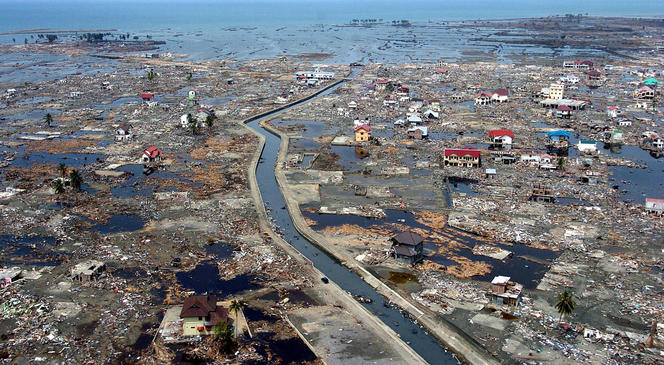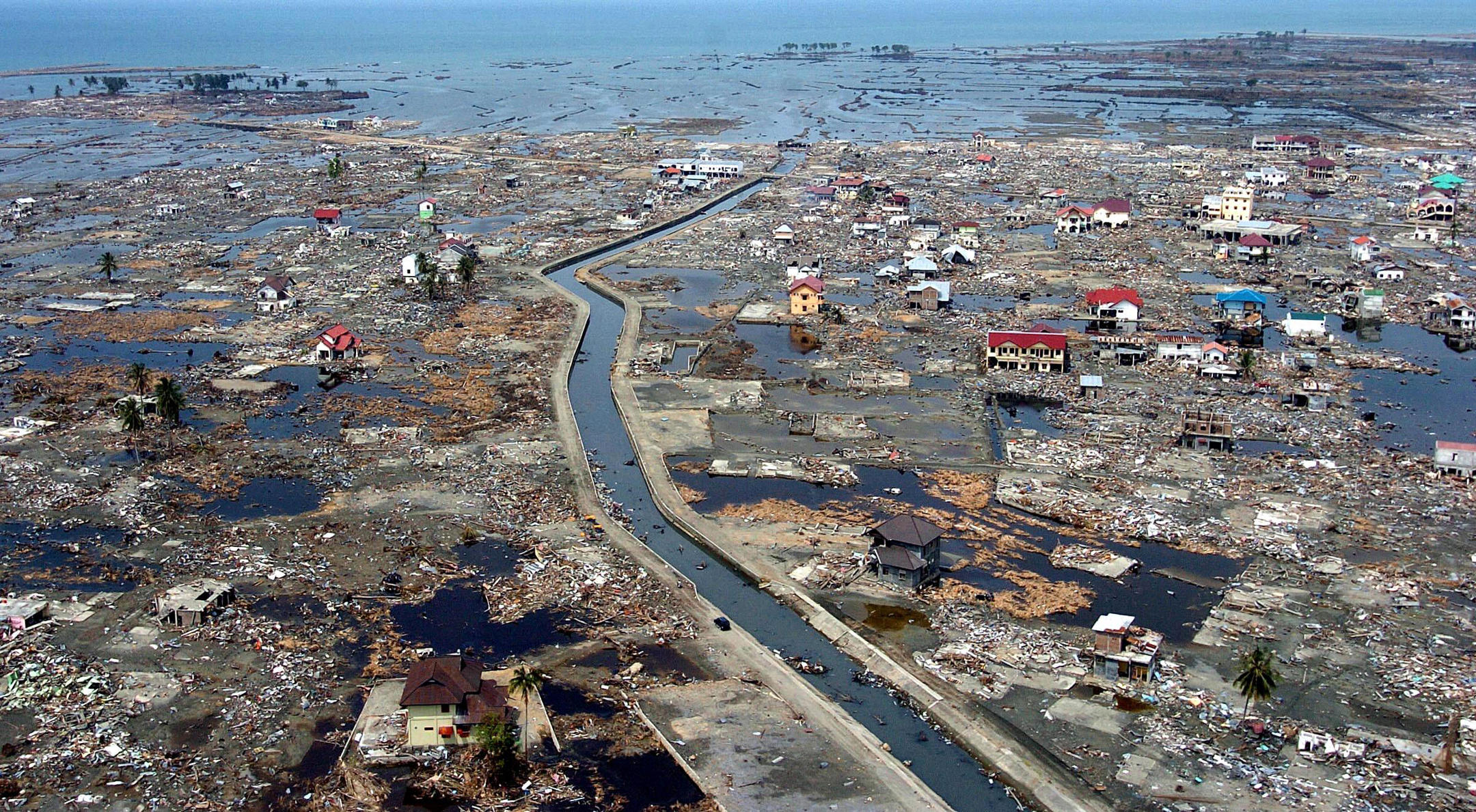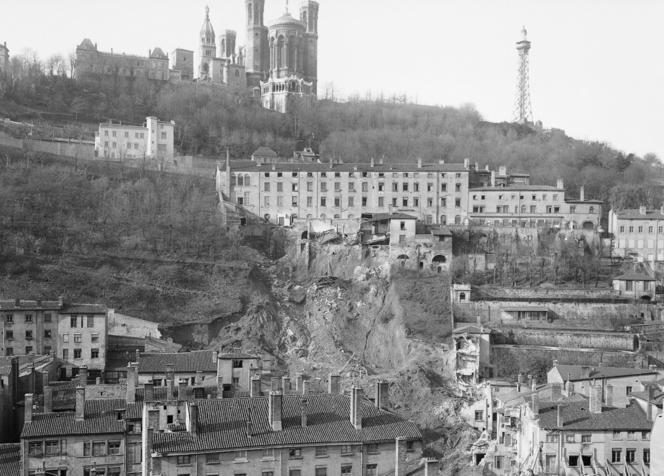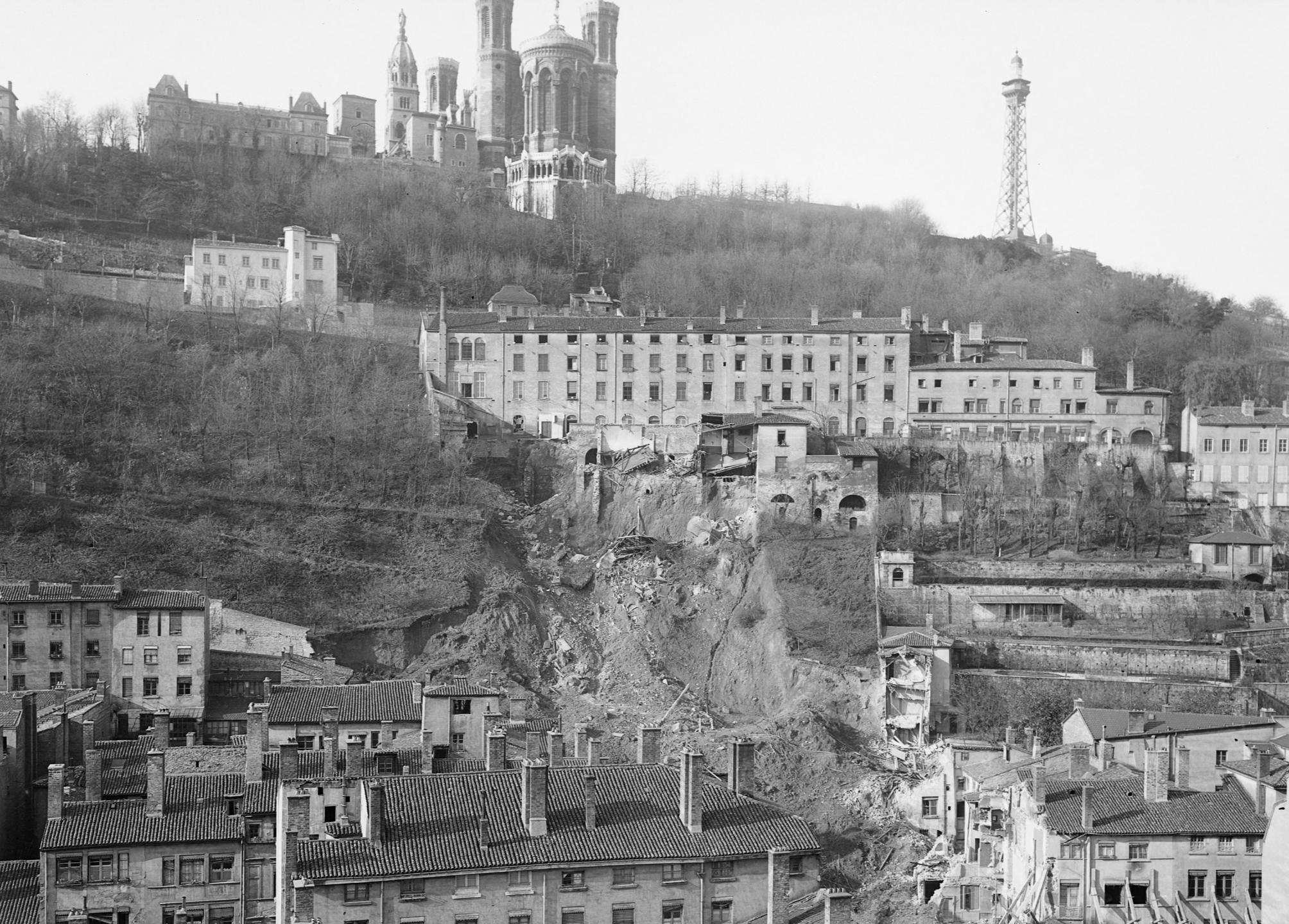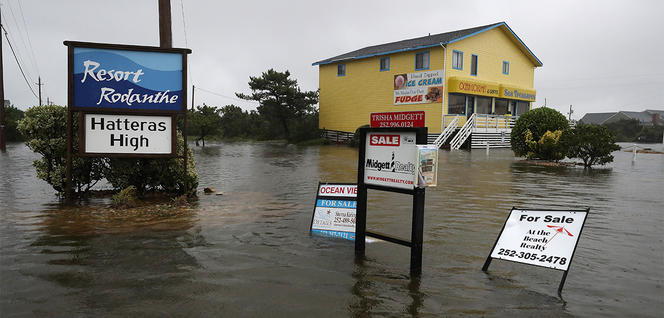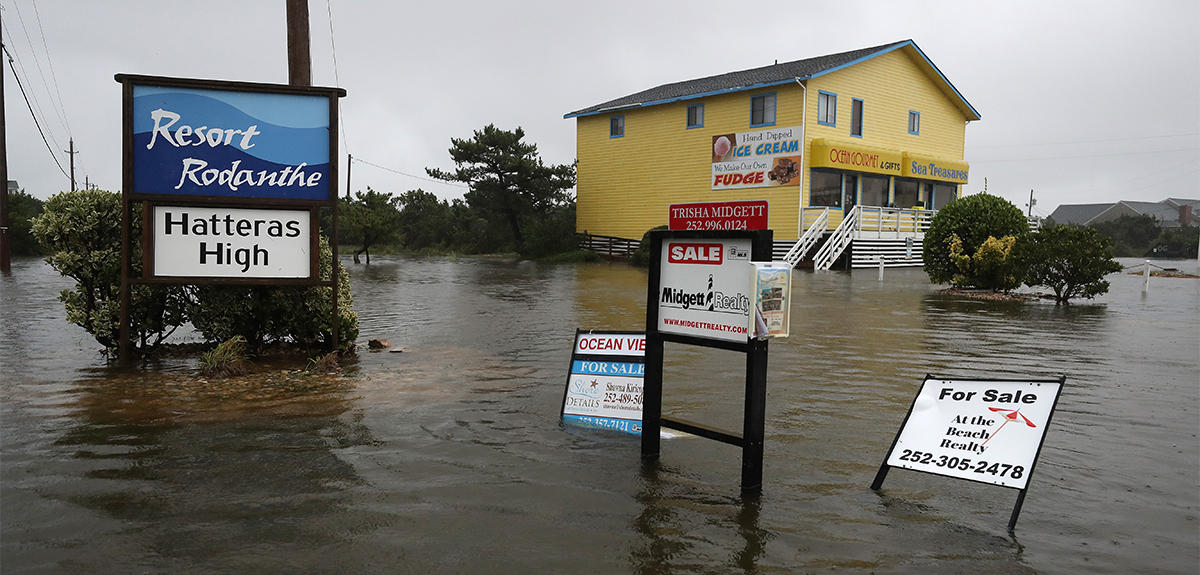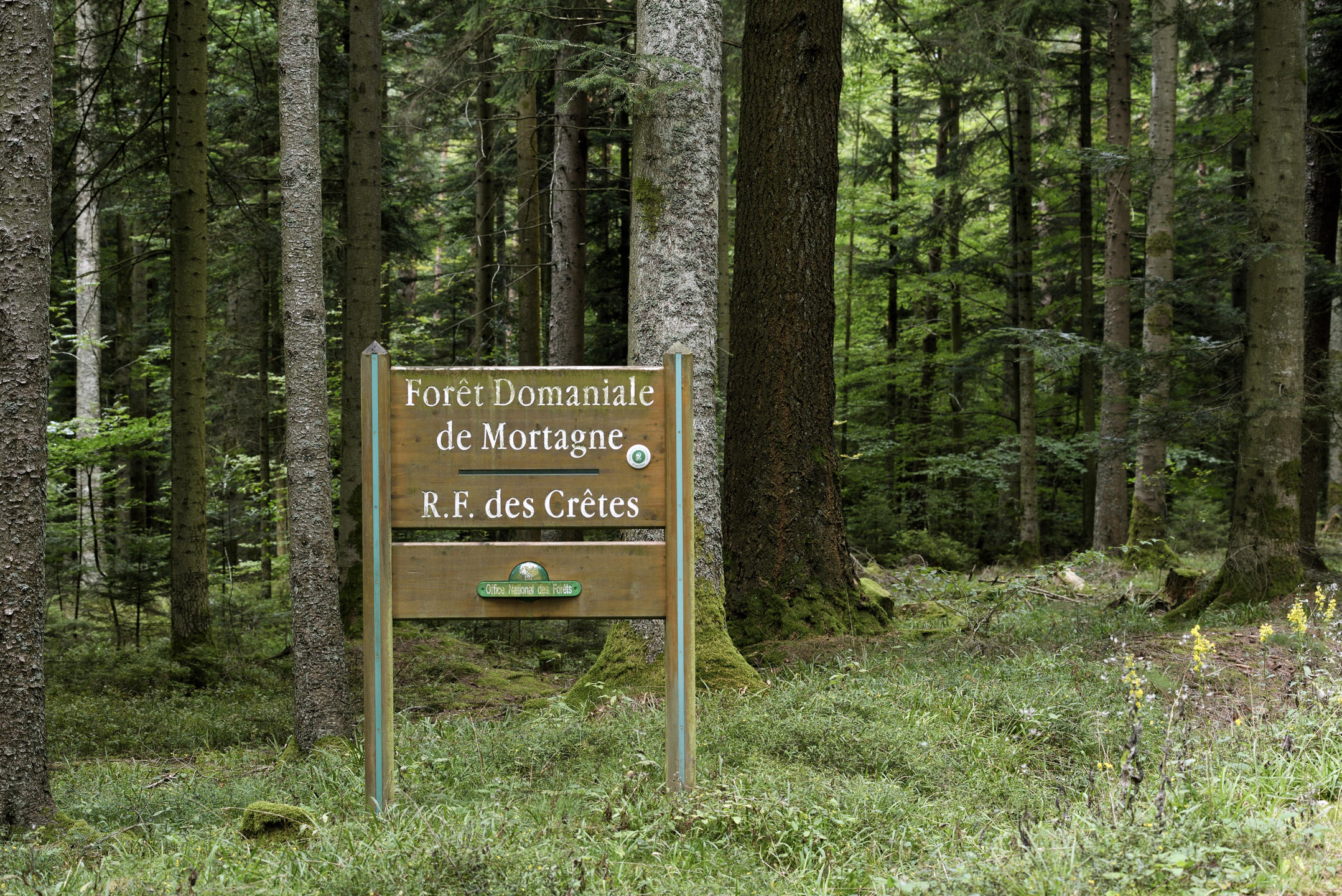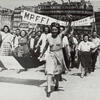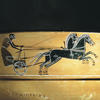You are here
Private property is all but natural
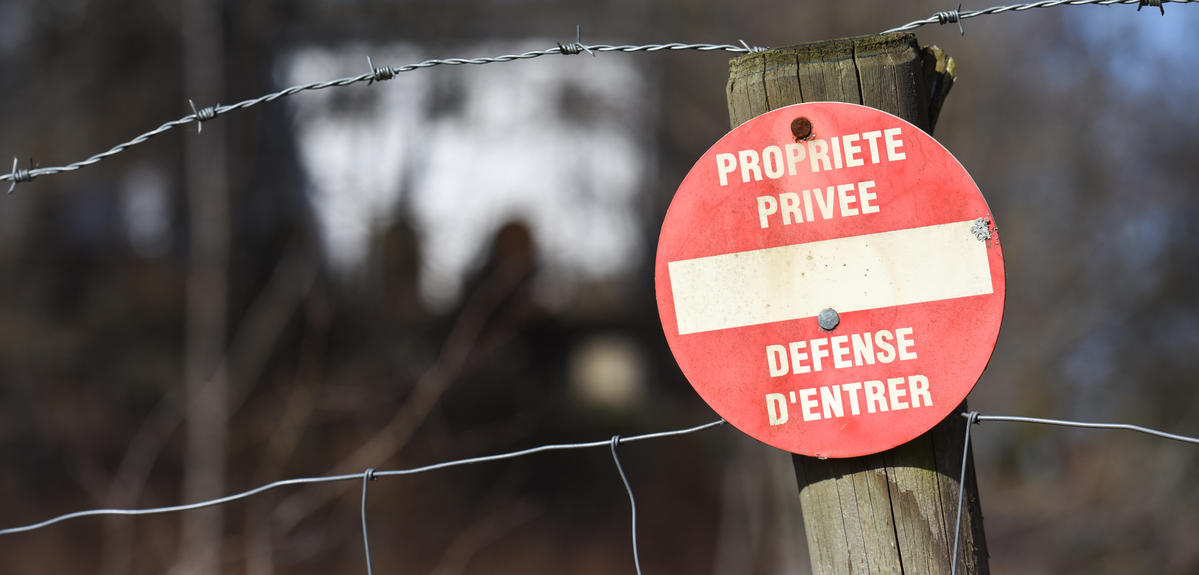
You are a specialist in environmental history. Why did you take a specific interest in property?
Fabien Locher:1 It is one of the most powerful and most opaque institutions of the modern era. It is imposed on everyone, and even, to some extent, on national governments, which organise it but cannot infringe upon it except under very limited, codified circumstances. In fact, private property can be considered a form of protection against tyrannical or authoritarian abuses – a deeply rooted idea, especially in the United States. At the same time, it is often presented as something obvious and natural.
And yet, there is absolutely nothing natural about it! It’s a form of appropriation that has a history, that has not always existed, and depends on our social mores, values and customs. This is true of the different forms of property – joint, public, collective rights and so on – a vast and complex world. How then can we explore its mechanisms, its underlying logic, its material and environmental dimensions? Of particular interest here is the concept of the ‘crash test’, which consists in analysing what happens when property ‘collides’ with the occurrence of a catastrophe. This is an idea that we set out to develop in a joint publication that I co-directed with my colleague Marc Elie.
What was the line of questioning that guided your research?
F.L.: First of all, we asked ourselves what happens to property after a disaster, such as an earthquake or a serious industrial accident. How does that affect the distribution of assets, or even the very notion of property? Who benefits from these ‘exceptional’ situations? We also wanted to determine whether such tragic events could highlight lesser-known or hidden characteristics of the various forms of property, and their interactions with environments. This reflection was the subject of a conference held in late 2015, whose content was published two years later in the journal Global Environment. Each article addresses a specific case that sheds light on the overall issue, for example the effects of flooding in the Ganges Delta on the appropriation of land by the British colonisers, or the consequences of the 2004 tsunami in Indonesia. We also looked at industrial catastrophes, like the massive collapses caused by mining in Belgium in the 1930s.
Of course, to tackle such a range of topics we had to call upon specialists in various fields and historical periods. This kind of collective research was also what I set out to do with the Governpro project, which brought in colleagues from different countries and areas of expertise to investigate the history of the interactions between environment and property in the 19th and 20th centuries.
Could the Covid-19 health crisis become a new case study for this type of research?
F.L.: There is still a great deal to be done in analysing the dynamics of property and its relation to environmental and health processes. We need to carry out specific studies, but we can already define an approach. For example, have major epidemics triggered opportunistic behaviour, as historians have shown for the Lisbon earthquake of 1755, which resulted in certain people amassing whole estates from the ruins of the city? The contribution of mediaeval history can be just as fascinating for evaluating how appropriation processes were affected by mass epidemics that killed vast portions of the world’s populations.
Regarding the coronavirus outbreak, sociological studies have yet to yield results, but we can already reflect on the effects of confinement on our perceptions of private space, or on our hierarchy of priorities concerning where we live. In a different vein, it is very likely that this pandemic will reignite interest in research on the processes of appropriation and exploitation of natural spaces, which, by increasing contact between humans and animals, is conducive to the emergence of diseases called zoonoses, including Covid-19. This would entail bringing together specialists in history and anthropology, as well as ecology, biology, etc.
Historically, what consequences have epidemics had on property?
F.L.: Thinking back on the work that we have compiled, what springs to mind is the question of inheritance, which our Australian colleague Daniel Fitzpatrick studied in relation to the 2004 tsunami. As for other disasters, the large number of victims meant that many properties were left unclaimed – the owners and their heirs had perished, sometimes without being confirmed dead. Beyond the gruesome realities associated with this type of situation, it is important to analyse how governments, local authorities and individuals respond to the destabilisation of property and its transmission. Fitzpatrick reveals that in Indonesia, land was redistributed on a local scale, without waiting for any governmental regulations. This also shows that the principles of property are not just a matter of registries and statute books. It would also be interesting to look into the question of disease prevention: for example, how does the emergence of new health standards enhance or lower the value of certain types of assets, depending on the historical situation?
Can certain forms of property make it possible to limit or increase exposure to risk?
F.L.: Yes, and this is an important point. Contrary to common belief, disasters – just like property itself – are anything but ‘natural’. In simplified terms, they arise from the interaction of an unforeseen event (e.g., an earthquake) and a vulnerability which is itself deeply rooted in society and history. In fact, the forms that property takes can increase or reduce this exposure. One example is insurance, which is an important aspect of the act of possession. We know that in the US, the federal policy to develop a National Flood Insurance Program made the coastal regions more vulnerable. By making it possible to insure high-risk properties, it encouraged land planning in unsuitable areas, thus generating risk and incidents. Conversely, other measures related to property can help reduce susceptibility to disasters in the populations and territories concerned.
Can you give us an example?
F.L.: In a completely different geographic and temporal context, I’m thinking of the case studied by the Japanese history specialist Philip C. Brown in Crash Testing Property.2 He analyses the ‘warichi’ system of land allocation in Japan’s rural communities. This system, which existed from the 17th through the 20th centuries, consisted in classifying land according to qualities that included its degree of exposure to risk, such as flooding and landslides, or by how fertile it was. The patches were then grouped into plots, which were in turn redistributed at random, following the ‘veil of ignorance’ principle proposed by philosopher John Rawls: since no one knows what they will be allocated, everyone tries to ensure that the parcels are as identical or equivalent as possible. The idea is to spread the risk among the entire community, so that nobody is more exposed to hazard than others . These societies didn’t do this out of egalitarianism or a sense of justice, but to maintain a social cohesion that would allow them, for example, to remain solvent and pay tax. To cite another example, the political scientist James Scott highlighted the role played by collectively-owned land in reducing communities’ exposure to agricultural uncertainties. These are in essence risk management tools, even though they fulfil other social functions simultaneously.
Have similar approaches ever been used in France?
F.L.: France has a long tradition of reflection on the environmental effects of property. It was a central concern, for example, after the Revolution and throughout the 19th century. As part of our work on a book about the long history of climate change,3 my colleague the historian Jean-Baptiste Fressoz and I pored over the record of the French National Assembly. There was much debate about woodland, which was a key asset at the time, a source of energy and construction materials, as well as a habitat for animals. Legislators declared that forest owners could not use their land as they pleased, as it was not a property like any other. Wooded areas determined the climatic and hydrological conditions of entire regions, making them interdependent with other properties and thus giving them collective functions. According to those in favour of government regulation, only the State could secure a balance, which gave it the right – and even the duty – to set limits to the prerogatives of private property. Because it was believed at the time that deforestation impacted the climate, possibly on a large scale, forests became the focal point of struggles associating property with the protection of resources and the environment. During the Revolution, forest ‘commons’ were accused of encouraging the destruction of wooded zones, resulting in soil erosion and climatic deterioration.
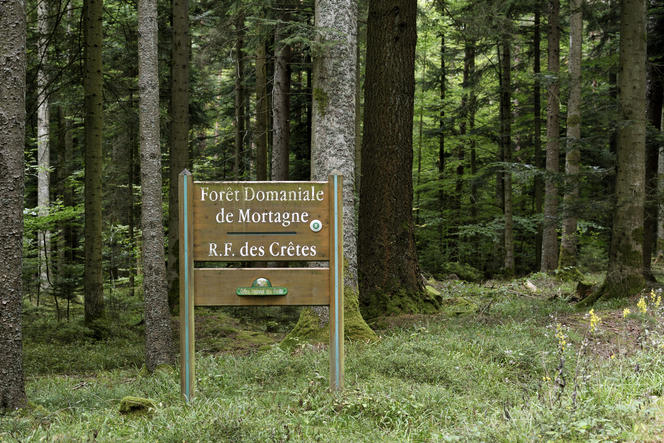
Do the debates on climate risk date back to the 19th century?
F.L.: No, not at all. In our book, Jean-Baptiste and I show that the hopes and fears associated with the idea of human-induced climate change first emerged in the 15th century, following the exploration and conquest of the Americas. But the alteration in question was by no means today’s CO2-related warming. Of concern then were the effects of logging on water cycles and temperatures. On the other hand, this had a tremendous influence on the production of climate-related knowledge, which we have inherited. The discipline of historical climatology originated in the 18th century, through the writings of scholars who investigated past climates, by compiling statistics on floods or studying observations in old records. They wondered to what extent humanity was responsible for increased occurrences of disastrous seasons, and how the much-dreaded degradation of the climate could be offset. As we point out in the book that we are now completing, these conceptions were also reflected by the imperial powers, who used them to justify colonisation.
Have you found links to other modern-day issues in your study of the relations between property and the degradation of nature?
F.L.: Yes, absolutely – when looking at the history of colonialism for example. One of the main arguments of the 19th- and 20th-century colonial powers was that the native populations did not know how to manage their environments and resources properly. The ‘white man’ therefore had a perfectly legitimate reason for taking over – for example, by appropriating the commons of local communities – in order to protect nature, the soil, the flora and fauna. This reasoning and the concrete practices that went with it were analysed by the historian and anthropologist Roderick P. Neumann, a specialist on East Africa, who talks of ‘conservation enclosures’. Today still, the postcolonial reminiscence of this mindset comes to light in the way local populations are blamed for mismanaging resources, or even contributing to the climate crisis. So the contemporary debate on the environment and its human-induced deterioration is not just a few decades old – in fact, it has been a part of history for a long time.
In broad terms, which key aspects of ‘environmental history’ do you wish to develop?
F.L.: Environmental history first emerged in the United States from the intellectual and political ferment of the 1960s and 70s. At the time, young historians decided to focus on ecological crisis issues that had previously been neglected in their field of study. Initially, subjects like pollution, the protection of nature and the history of environmentalism held an important place. But over the past 15 years, the discipline has become far more diverse and now includes themes such as labour, capitalism, war… and of course property! This is partly due to the research policy pursued in the early 2000s, in particular at the CNRS. Public sector research, by giving researchers the time they need, has enabled the development of environmental history in France. What I also find interesting is that in this country, its study has an international focus in terms of the topics studied, which extend from Japan to Russia to Ethiopia, as well as the frequency and number of exchanges among colleagues. To facilitate these exchanges, Frédéric Graber and I decided to translate and edit a collection of important texts in English on the links between environment and property.4 The goal of all this research is to shed light on how the appropriation of nature interacts with concrete exploitation and protection practices, ecological processes, and the relations between societies and their environments. The severe crisis that we are facing prompts us to re-examine the past, not to interpret it with hindsight, but to try to understand the historical trajectory that gave rise to our present situation.
- 1. Environmental historian and researcher at the Center for Historical Studies (CRH – CNRS / EHESS).
- 2. Fabien Locher and Marc Elie, Crash Testing Property. How disasters reshape and reveal property institutions. Europe and Asia, 19th-21st centuries. (Global Environment, 2018).
- 3. Fabien Locher and Jean-Baptiste Fressoz, Des Révoltes du ciel. Une histoire du changement climatique XVe-XXe siècle (publication pending, Seuil, October 2020).
- 4. Fabien Locher and Frédéric Graber, Posséder la nature. Environnement et propriété dans l’histoire (Éditions Amsterdam, 2018).
Explore more
Author
Fabien Trécourt graduated from the Lille School of Journalism. He currently works in France for both specialized and mainstream media, including Sciences humaines, Le Monde des religions, Ça m’intéresse, Histoire or Management.


